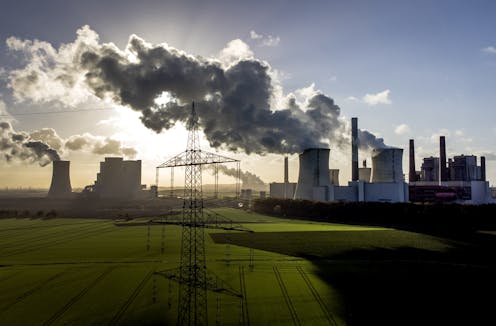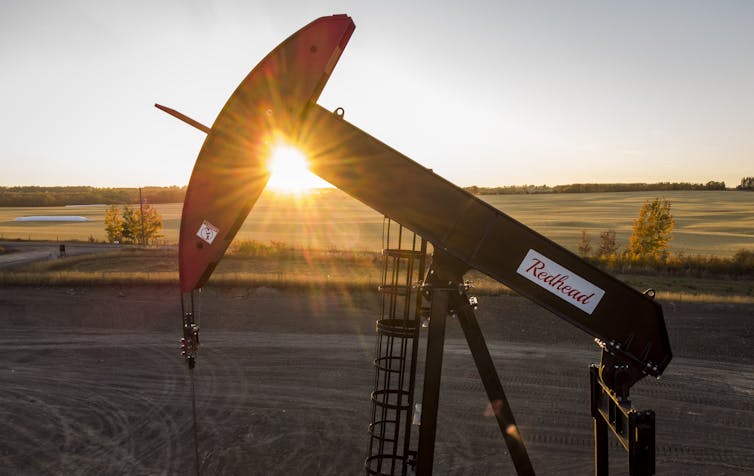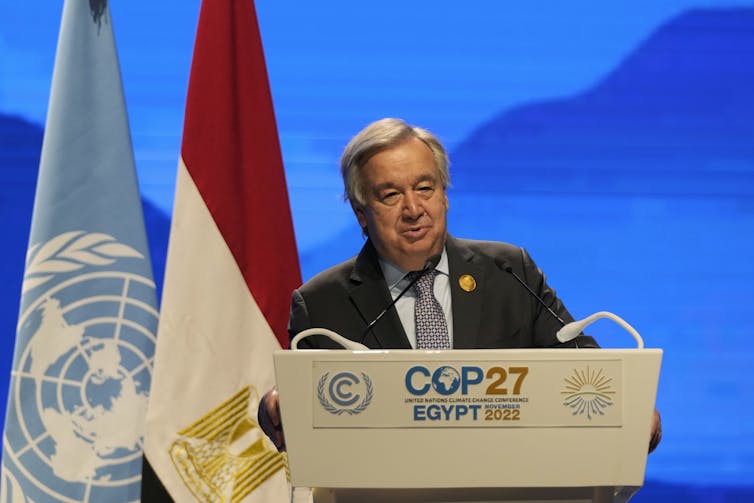
In his opening remarks at the COP27 meeting in Egypt, UN secretary general António Guterres put it this way: “Humanity has a choice: co-operate or perish. It’s either a climate solidarity pact or a collective suicide pact.”
The only way to prevent global warming is by increasing the level of global co-operation to reduce and eliminate greenhouse gas emissions. But global co-operation requires global peace, and with the ongoing war in Ukraine, it’s in short supply.
On Feb. 24, 2022 — the very day of the Russian invasion of Ukraine — Alberta Premier Jason Kenney pressed Prime Minister Justin Trudeau to relaunch the Keystone XL pipeline. Soon after, to help Europeans survive their own sanctions, Trudeau promised to increase Canadian oil production by 300,000 barrels per day.
Environmentalists have highlighted the current “fossil fuel gold rush” with Canada’s oilsands in hot demand. In an effort to wean themselves off Russian oil and gas, countries have turned to other fossil fuel sources to supplement their energy requirements, including Canada’s oilsands.
Rather than taking the opportunity to invest in non-fossil fuel energy sources, some countries are doubling down on fossil fuels. In Germany, for example, previously closed coal-fired power plants have been reopened and are now back in business.

The return of business as usual is bad enough, but more ominous is the ending of climate co-operation between the world’s two largest CO2 emitters: the United States and China. In June, the NATO summit prioritized its China containment strategy followed shortly by the U.S. effectively ending its 51-year-old “one China policy” that recognizes Taiwan as a part of China.
China retaliated with large-scale military manoeuvres and the scrapping of China-U.S. climate co-operation. Although the COP27 meeting ostensibly restarted climate talks, no bilateral negotiations were held in Sharm El-Sheikh, Egypt.
Threat of nuclear winter
But more sinister climate threats are brewing. As the Ukraine war escalates into a NATO-Russia proxy war, we face the looming catastrophe of a nuclear winter. Our leaders seem to have forgotten that nuclear war — even a “small one” limited to Europe — would result in severe and prolonged global climatic cooling and have long-term global climate consequences.
Also known as “twilight at noon” — a term coined by atmospheric chemists Paul Crutzen and John Birks 40 years ago — a nuclear winter would be a consequence of the huge quantities of soot and dust emitted by the cities and forests that would burn following nuclear attacks. No matter which country initiated it, the subsequent global cooling would be catastrophic.
Modern climate models show that even a “small” nuclear war between India and Pakistan involving 100 bombs could lead to 2 C to 5 C of global cooling that would last a decade or more. In comparison, at the height of the last ice age, the Earth average was only 5 C cooler.
There would be massive starvation, several hundred million dead and ecosystem disruption far outside the war zone itself. A full scale U.S.-Russia nuclear war would lead to below freezing temperatures even in the summer and five billion or more deaths.
NATO torn over Ukraine
The U.S. and Russia each possess 6,000 nuclear weapons. In July, the UN’s Guterres warned that the world was close to nuclear war and urgently called for diplomacy.
Despite this warning, U.S. President Joe Biden increased tensions by promising “armageddon” — presumably massive nuclear retaliation — if Russia used nuclear weapons in Ukraine.

In Europe, some countries are reacting by preparing to survive such a war, but others are following France President Emmanuel Macron’s attempt to avoid one:
“France has a nuclear doctrine that is based on the vital interests of the country and which are clearly defined. These would not be at stake if there was a nuclear ballistic attack in Ukraine or in the region.”
NATO is split as to whether it’s worth risking the future of humanity over Ukraine. With calculated ambiguity, the EU foreign policy chief Josep Borrel was vague:
“Any nuclear attack against Ukraine will create an answer, not a nuclear answer but such a powerful answer from the military side that the Russian army will be annihilated.”
Left unexplained was how the EU — which doesn’t even have its own military — could annihilate the Russian army. And how this could be done without using French or NATO nuclear weapons.
Diplomacy is the solution
The only alternative to today’s escalation spiral is diplomacy. Rather than promoting further escalation, Canada must promote peace, starting with realizing that NATO’s gamble on expanding towards Russia’s border backfired. This war could have been prevented if NATO provided long-overdue written assurances that it will not add Ukraine as a member and this would have been concrete step towards peace.
Now, Canada must join 91 other countries and sign the UN Treaty on the Prohibition of Nuclear Weapons. It must press NATO to declare “no first use,” meaning nuclear weapons will only be used in retaliation to an enemy’s use of nuclear weapons, and lobby to end the Cold War, hair-trigger, launch-on-warning policy that puts nuclear missiles on permanent alert.
Canada must also advocate for a return to the Intermediate Range Nuclear Forces treaty that former U.S. president Donald Trump tore up in 2019, now permitting American nuclear missiles to be stationed minutes from Moscow on the Polish border. Canada must pressure NATO to ratchet down tensions and remove U.S. nuclear weapons from the five European countries currently hosting them.
Shaun Lovejoy and co-authors Phyllis Creighton, Boris Kyrychenko, Arnd Jurgensen, Richard Sandbrook, and Adnan Zuberi are affiliated with the Critical NATO Studies Working Group https://www.scienceforpeace.org/nato-working-group, Science for Peace, University College, 355-15 King’s College Circle,Toronto, Ontario, M5S 3H7
This article was originally published on The Conversation. Read the original article.







